Published: July 21, 2024 | 6 mins read
Does Your Kidney Stone Contain Drugs?
ARTICLE SHORTCUTS
- Drug-Containing Kidney Stones And Their Causes
- Why Certain Drugs Form Stones
- How To Diagnose Drug-Containing Kidney Stones
- Strategies to Treat/Prevent Drug-Containing Kidney Stones
Ever wondered if your medication is secretly plotting against you? It’s not some conspiracy theory, because it’s true. Drug-containing kidney stones may have sneaked into your kidney!
So, in this blog, we will give you a list of stones that directly result from drugs crystallizing in your urine. Curious? Let’s hop on to the next section.
Drug-Containing Kidney Stones And Their Causes
In recent years, the usual suspects behind drug-containing kidney stones have been antibiotics and antiviral medications. Some drugs in these groups are like “magicians” that can transform into kidney stones themselves!
Drug-containing kidney stones are rare. However, they are more common among people who take certain medications for an extended period of time.
Here is a list of drug-containing kidney stones and their causes:
Atazanavir stones
From the name itself, it results from taking the antiviral drug Atazanavir. It is commonly given to patients with HIV/AIDS. These stones are characterized by the following:
- Yellow color with some areas having a darker shade
- Rough but somehow even surface
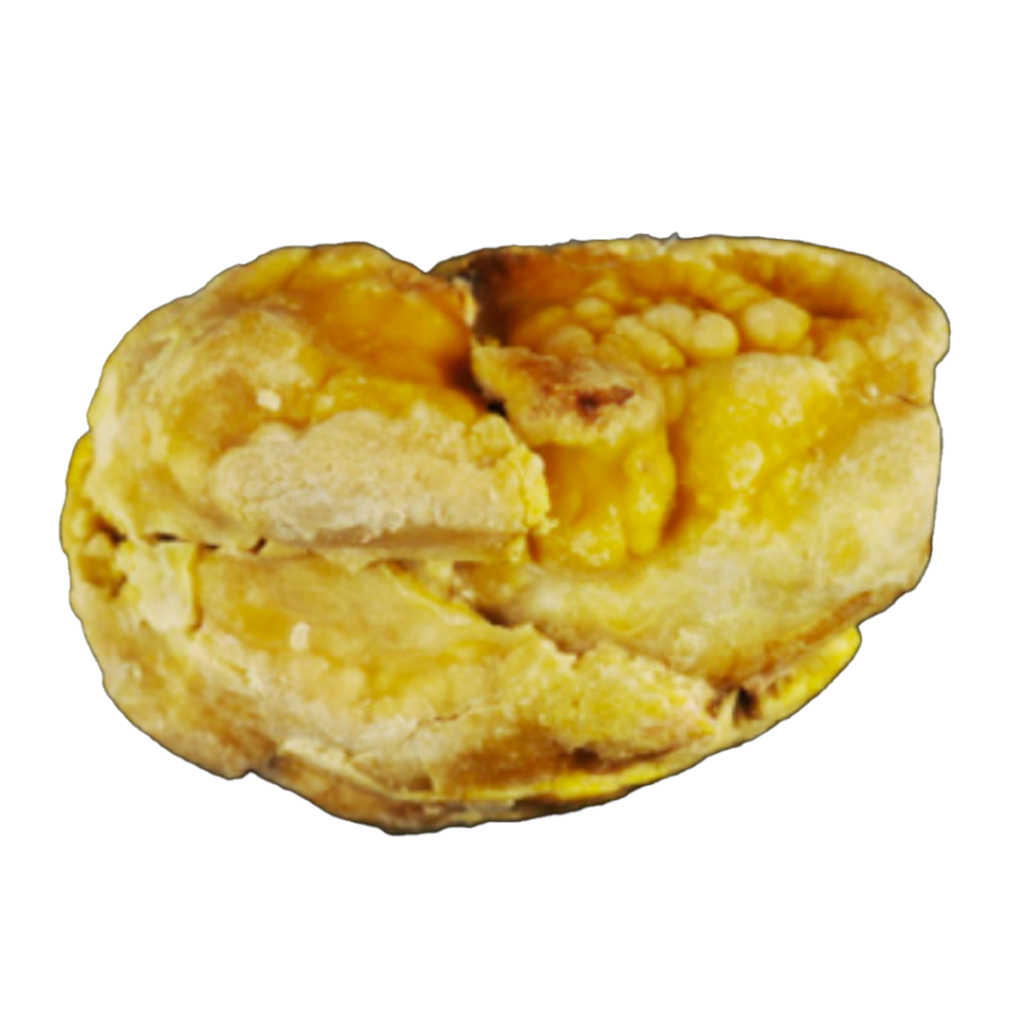
Indinavir stones
These stones are caused by taking another antiviral drug, Indinavir. Just like Atazanavir, this drug is also given to patients with HIV/AIDS. Common characteristics of these stones are as follows:
- Yellow color
- Rough surface
- Coral-like appearance
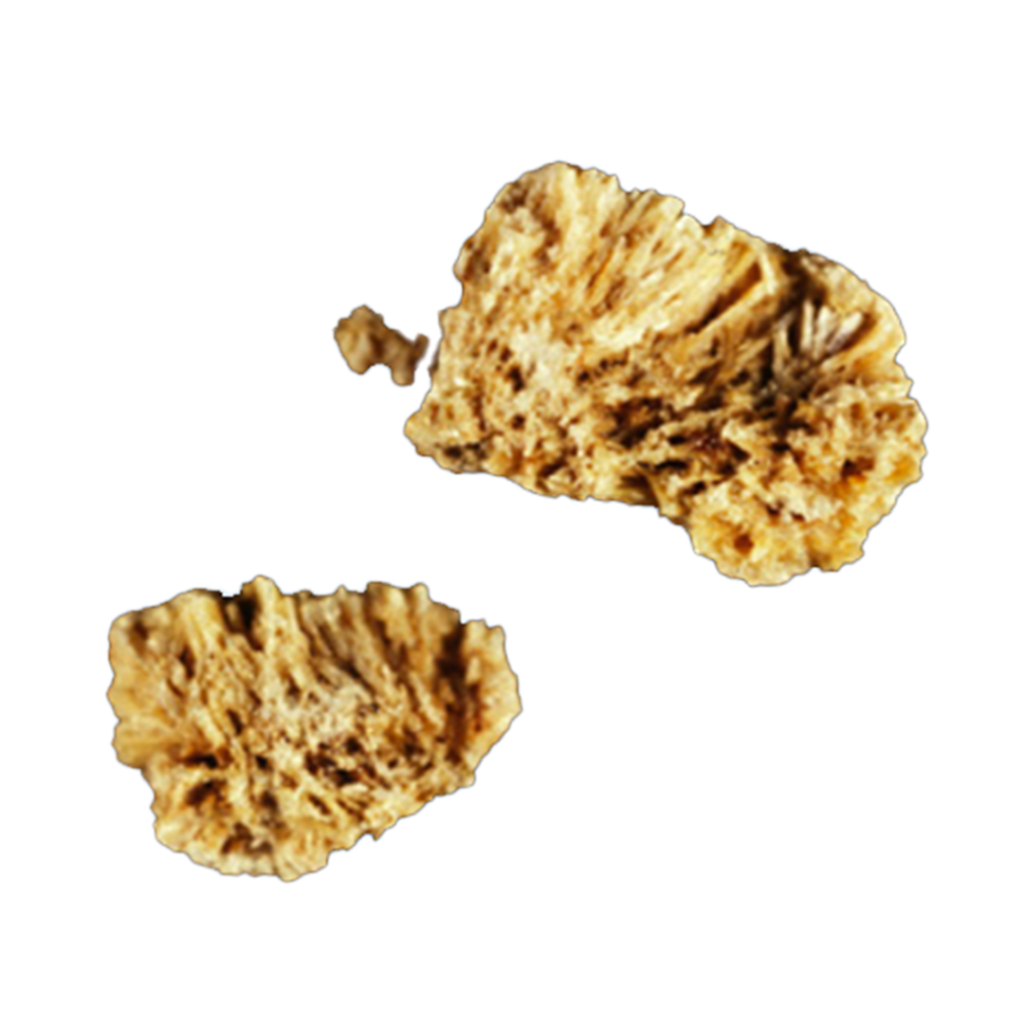
Sulfa-induced stones
Sulfa drugs (Sulfonamides) are a group of antibiotics used to treat urinary tract infections, respiratory infections, and other bacterial infections. However, sulfa drugs can crystallize in the urine and form what we call sulfa-induced stones!Below are their common characteristics:
- Redish-brown color
- Smooth yet uneven surface
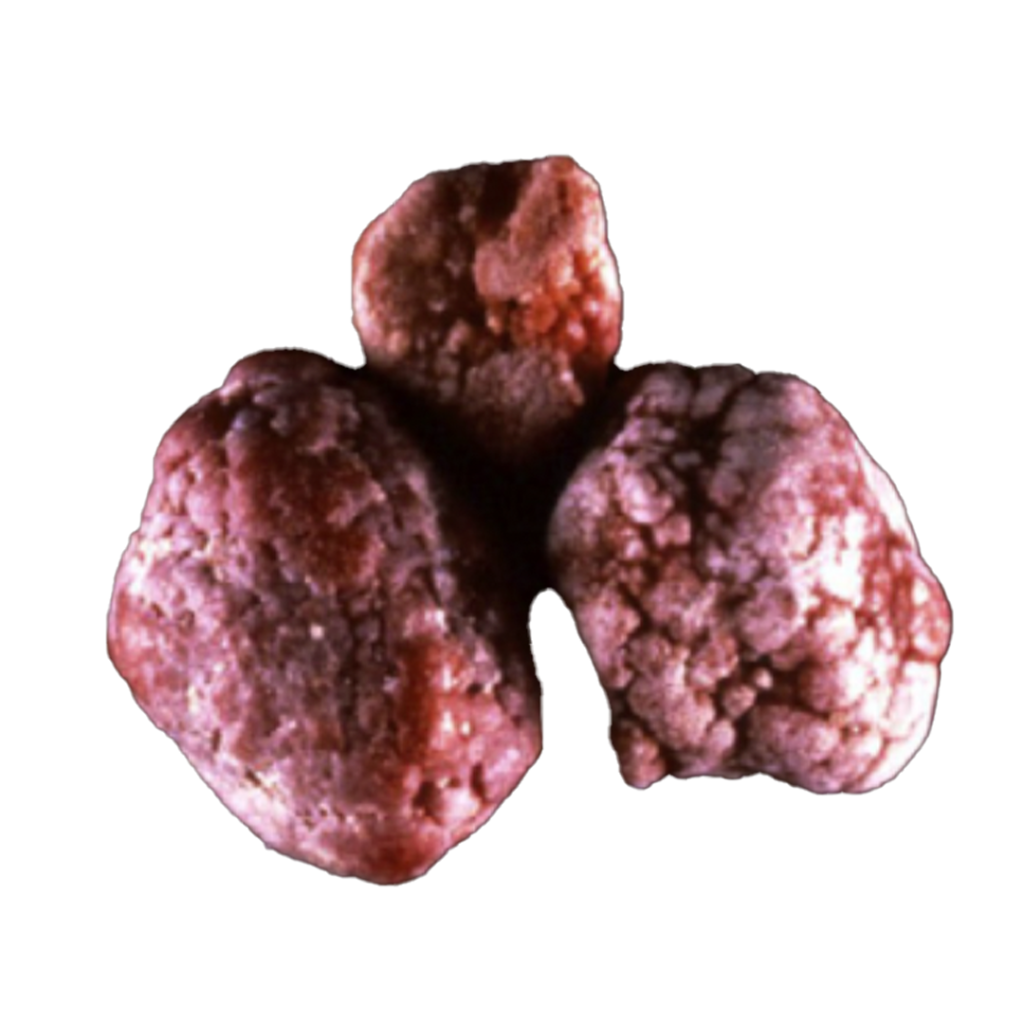
Calcium ceftriaxonate stones
These stones result from taking ceftriaxone, an antibiotic used to treat severe infections like meningitis, sepsis, and pneumonia.
The characteristics of these stones are as follows:
- Light-brown color with patches of yellow
- Rough texture
- Even surface
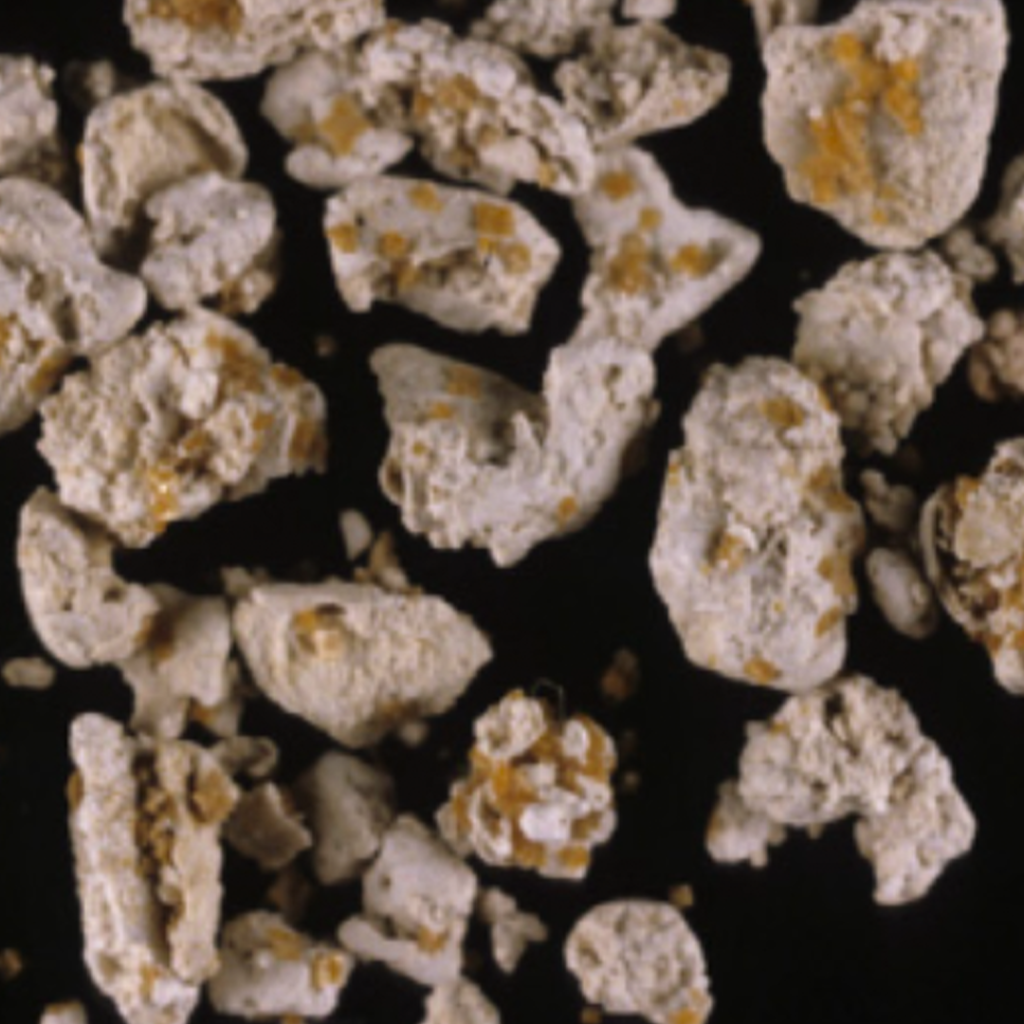
Triamterene stones
The root cause of this stone type is the diuretic triamterene. This medication increases urine flow in patients with edema (excess fluid in the body) and hypertension.
Here’s how you distinguish these stones:
- Yellow color with some brownish areas
- Partly smooth, partly rough
- Even surface
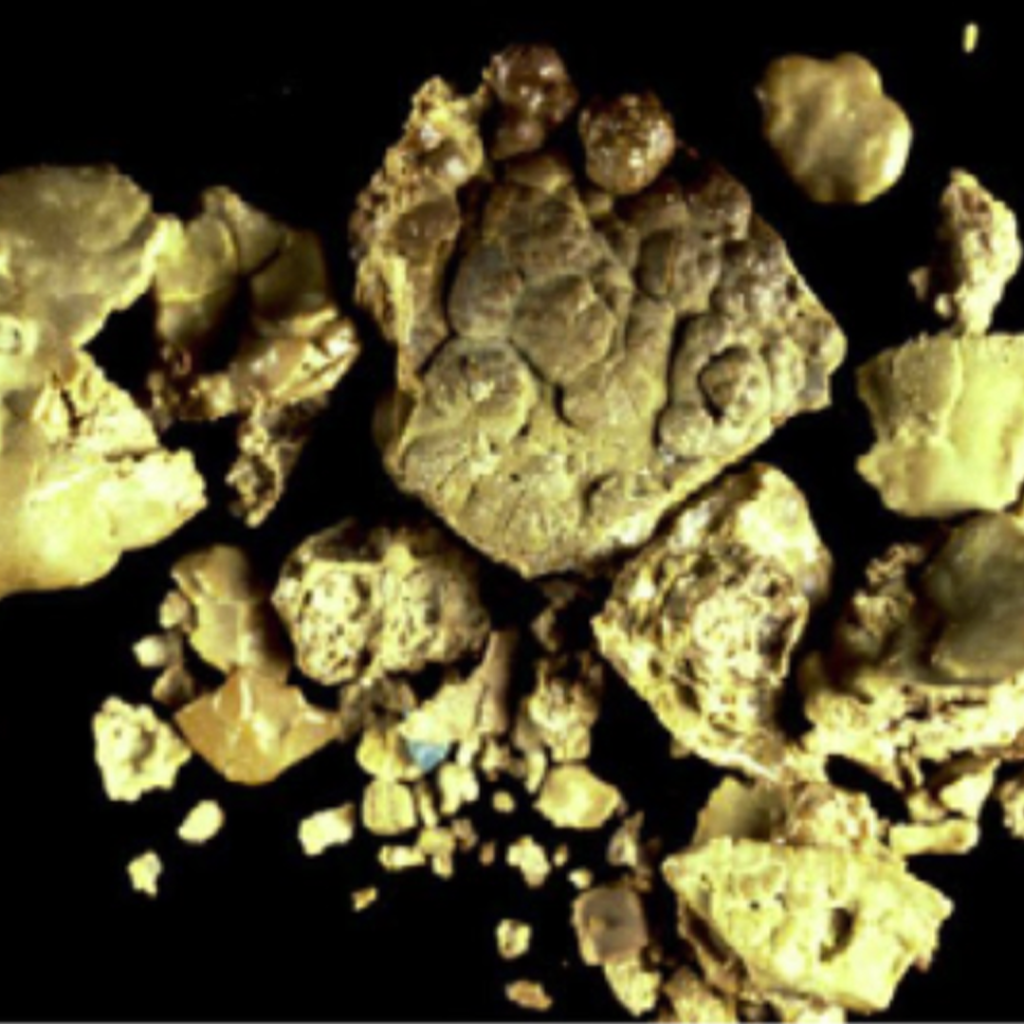
Opaline silica stones
Opaline silica stones are caused by magnesium trisilicate, which eases acid reflux. These stones are characterized by the following:
- White color
- Rough and even surface
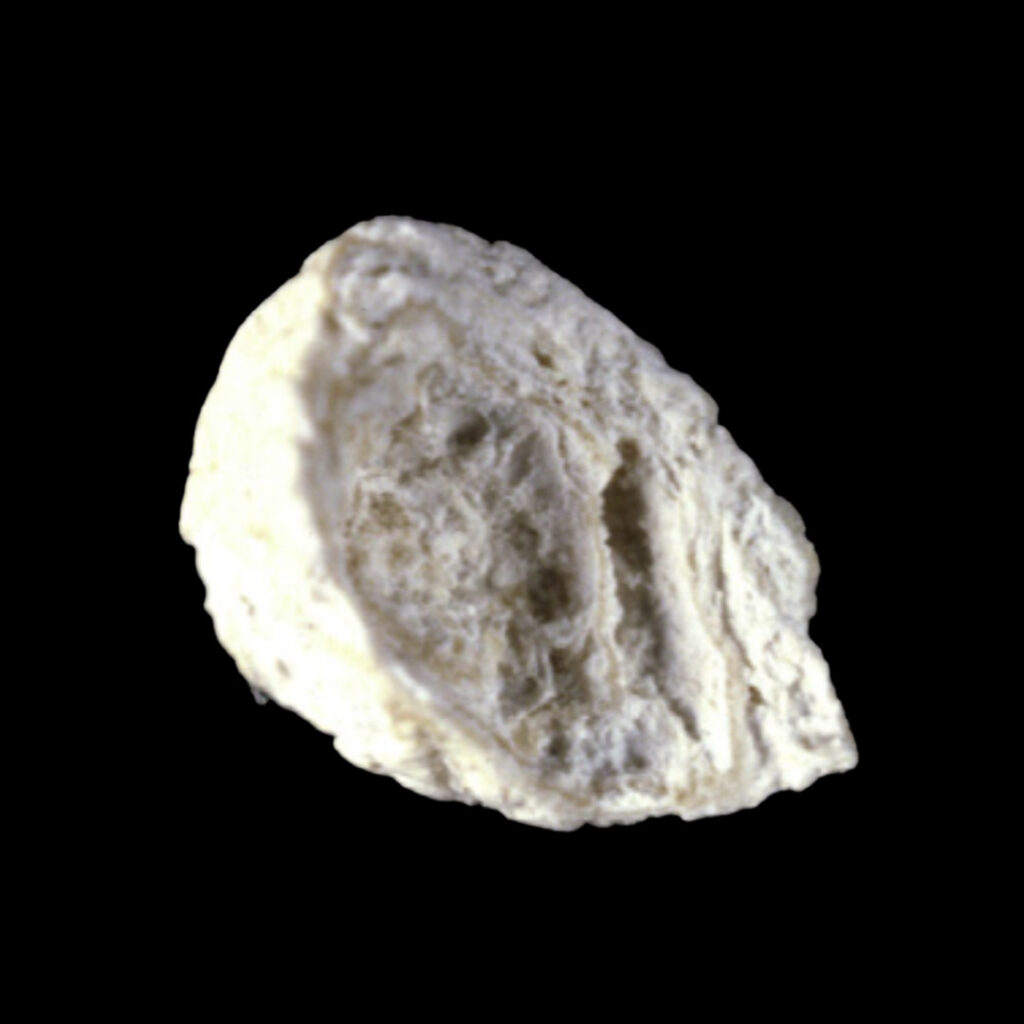
Did you spot your drug-containing kidney stone on the list? If yes, you probably wonder why these drugs (a.k.a. magicians) have a knack for giving you stony trouble. There’s a logic behind it, which we will explain in the next section.
Why Certain Drugs Form Stones
Every drug we take is absorbed into the bloodstream. Once in the bloodstream, drugs are distributed to various tissues and organs. Imagine your blood as a taxi that transports drug molecules to their target sites, where they can exert their effects.
As the drug circulates, it reaches the liver, where it is metabolized. The liver enzymes break down the drug into substances (called metabolites). They can be either active (having healing effects) or inactive.
After metabolism, the drug and its metabolites are excreted from the body. The kidneys excrete the majority of these waste products into the urine. Other excretion routes include feces, breath, sweat, and saliva.
The problem is that these drugs don’t dissolve in the urine, compared to other medications. Most of these stone-forming villains come from the antiseptic (which kills microorganisms), antibiotic, and antiviral families. So, while your meds fight off infections, they might also set the stage for stone formation!
Suppose you take these drugs and form kidney stones. How do you know whether it is a drug-containing kidney stone or another stone type? The following section will talk about diagnosis.
How To Diagnose Drug-Containing Kidney Stones
It’s important to know that most drug-containing stones are not visible in X-ray images. The only exceptions are triamterene stones that appear somewhat visible but not very prominent in a standard X-ray image.
Most of them, if not all, are radiolucent in CT scans as well. That means they appear dark or black in the images. This poses a challenge on the diagnostic side because you cannot distinguish the stone from the surrounding tissues. However, imaging them using ultrasound or enhanced CT scans (using a contrast dye to visualize tissues clearly) is still possible.You can also undergo special imaging techniques. However, they are more expensive and may require more radiation exposure and contrast dye to make your body tissues visible in the image. These techniques are:
- Contrast Pyelography – involves injecting contrast dye into the bloodstream
- Retrograde Pyelography – directly injecting the contrast dye into the urinary tract
Since diagnosing drug-containing kidney stones is such a pain, is there a way for you to give this trouble a hard pass at all? We will give you some treatment/prevention tips in the next section.
Strategies to Treat/Prevent Drug-Containing Kidney Stones
According to research, most drug-containing kidney stones can be treated without surgery. The key is maintaining a high urine output through increased fluid intake. You can also use CLEANSE to naturally pass stones below 10 mm in diameter.
Suppose the stone becomes a staghorn stone, occupying a significant portion of the kidney. In that case, you may be required to undergo surgery. The same is true when there are infections involved.
On the prevention side, you must take proactive steps to promote your overall health. Boosting your immune system naturally is the best way to fight infections. How do you do it? The key is an animal-based diet. When you eat the proper diet that our ancestors ate to thrive, your body will have a robust security system to keep out the bad guys. Also, maintaining proper hygiene is essential to prevent acquiring infections.
Drinking around 96 oz. of water daily is crucial to produce enough urine to flush out drug substances from the body. Also, you may need to work closely with naturopathic doctors who can provide you with holistic advice. Such advice can address underlying diseases that require you to take drugs that increase your kidney stone risk.
Lastly, if you want the right Prevention Plan tailored to your specific needs, our Coaching Program is for you. This program will guide you through the step-by-step process of treating and preventing your kidney stones for good. See you there!
REFERENCE:

Comments or questions?
Responses
WHAT TO READ NEXT
Publish Date: August 18, 2024
Staghorn Kidney Stones Are BIG Problems!
Publish Date: August 4, 2024
Brushite Stones: The Most Complex Kidney Stones
Publish Date: July 28, 2024
The Deadly Struvite Stones